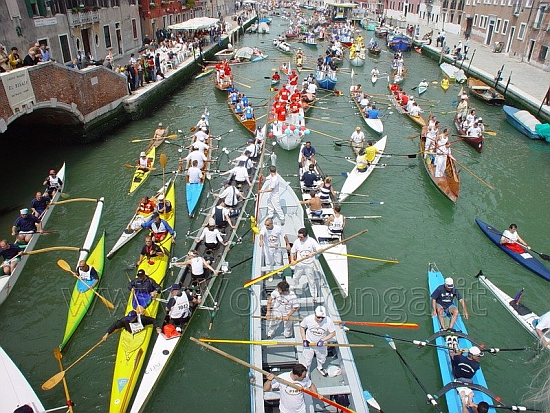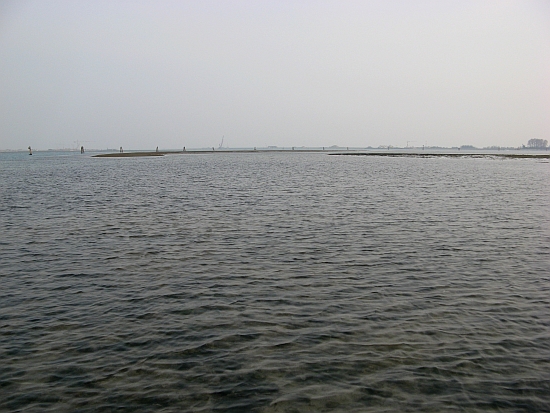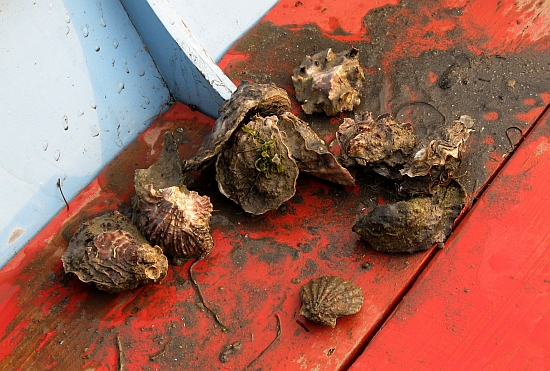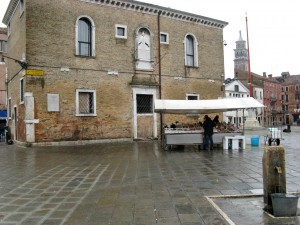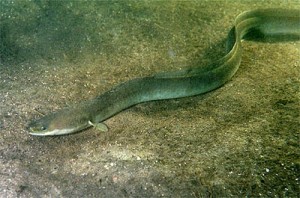That sound you may have thought was silence from out here was actually the sound of me putting my shoulder to the titanic wheel, so to speak, of the registration work for the annual event known as the Vogalonga, or “long row.”
This year it will be held on this coming Sunday, June 12. It has never been held this late in the year (May has been its preferred month), and I’ll explain the reason for this in a moment.
Just like people, each of these oar-driven marathons for the past 36 years is different, yet each one is the same. Thousands of rowers in all sorts of boats proceeding around a 30-km (18-mile) course betwixt the islands of the northern lagoon.
Every year there are more of them rowing in single kayaks, and far too many of them get in the way and do things that do not demonstrate a profound experience either of boats and a tidal lagoon, by which I mean they don’t seem to realize there is a tide working harder than even they are — against them, with them, or a blend of both. Their not taking the tide into account conduces to many little surprises for them. Any nearby Venetians, knowing this, have already come up with Plan B to avoid getting involved in their assorted miscalculations.
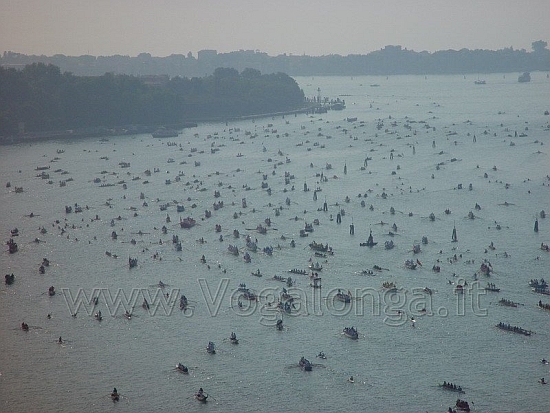
Back to the registration work: It goes on for two weeks, and today and tomorrow, being the last days (and being the weekend) will be spectacularly chaotic at the office, as thousands of just-arrived, already-happy-and-excited rowers appear to claim their pectoral with the registration number, and the T-shirts allotted to them. There is often much debate among them about what size Ingrid or Francois is going to need, while masses of waiting rowers pile up behind them.
In the early days — last week — I’d take a Medium (or whatever) out of its plastic bag to demonstrate what it looked like (leading to more debate…..). But those days are gone. If somebody asks me now for two Large, I just give them to him/her. If they want to exchange them they have to go to the back of the line and wait their turn. It’s either me doing that, or fifty impatient rowers deciding to take matters into their own hands.
Briefly, the reason why we will be rowing for hours in mid-June (which translates as “probably scorchingly hot”) is because this year it’s Venice’s turn to host an annual event which rotates among the four participating cities of Venice, Pisa, Florence, and Genoa.
It’s called the Palio of the Four Ancient Maritime Republics, and it’s rowed on eight-oar boats, something like life-saving boats, called “galleons.” In case you’re wondering what Pisa is doing in the lineup, Pisa was an important port city before the harbor silted up and they built that tower and batches of city on top of it. They’ve been digging up sunken Roman ships in town for years now.
Fine, I hear you say, but how does this concern the Vogalonga? Because the organizing committee of the Palio thought it would be cool to hold their race on the afternoon of the Vogalonga, seeing as there would already be so many boats in the water (us). The rowers could just stay in the water and watch the race and provide a lot of nautical garnish to the spectacle.
I will have to let you know how that fantasy works out, because from my own experience, I can say that the last thing anybody feels like doing at the end of possibly five hours in a boat is to stay in the boat, even to watch the World Cup. Your primary thoughts at the end are for food, shade, a shower, and a chaise longue, if not a bed in a room with the blinds pulled down.
You have no secondary thoughts. If you did, I’m pretty sure they wouldn’t be to stay in or near the water and watch a race that starts at 6:00 PM.
But what, as I often ask myself, do I know? I’ll let you know how it all turns out.
Back to the registration work. There are two questions many people can’t resist asking when they sign up. One is “How many boats are there?” I don’t know and I don’t really try to know. I’m just slinging T-shirts. And besides, does it matter? Have they organized an office pool on who bets closest to the correct number? They’re here, so whether there are 2,893 or 5,001 boats can’t make any real difference. Perhaps I’m wrong.
Second baffling question: “What’s the weather going to be?” If any forecast, even for six hours from now, turned out to be correct, it would be amazing. Instead of replying, “You believe forecasts?” I have always tended to say, “All I can tell you is that whatever the weather is for you, it’s going to be the same for everybody else.”
This year I’m trying something different. When they ask me, I just say “Beautiful. It’s going to be beautiful.” I’ll either be right or wrong, just like any other forecaster.
I experienced an amusing variation this year: I brought the Vogalonga cell phone home last night and left it on while I recharged it. Two calls came in at 11:40 PM. I was sound asleep.
I didn’t even answer them, I just turned the phone off and tried to get back to reclaim that dream they so rudely interrupted.
Checking the numbers this morning, I see that one call was from an area near Rome, the other from Munich. When I got up at 5:00, I was extremely tempted to call them back. But the satisfaction would only have been momentary, so I let it go.
I may not be helpfully demonstrating T-shirt sizes anymore, but at least I haven’t descended to the level of vendetta.
